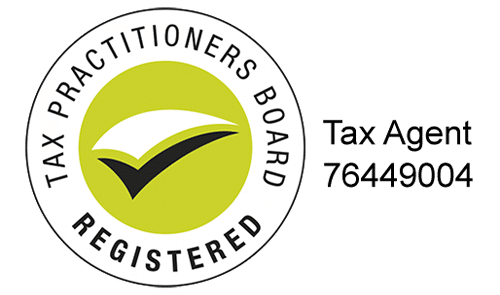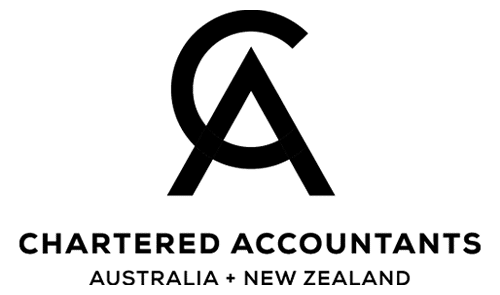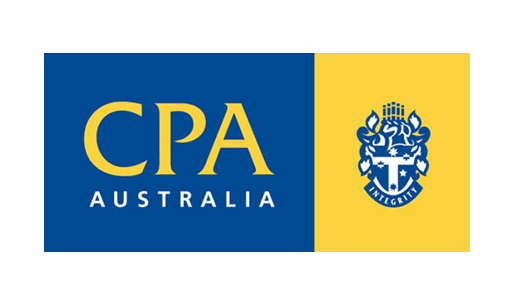– 2017 Federal Budget –
|
Take our 5-minute questionnaire and get personalised advice for your business challenges. Get started.
|
For more information on how Optima Partners’ services can help your business, contact the team at info@optimapartners.com.au for a consultation.


